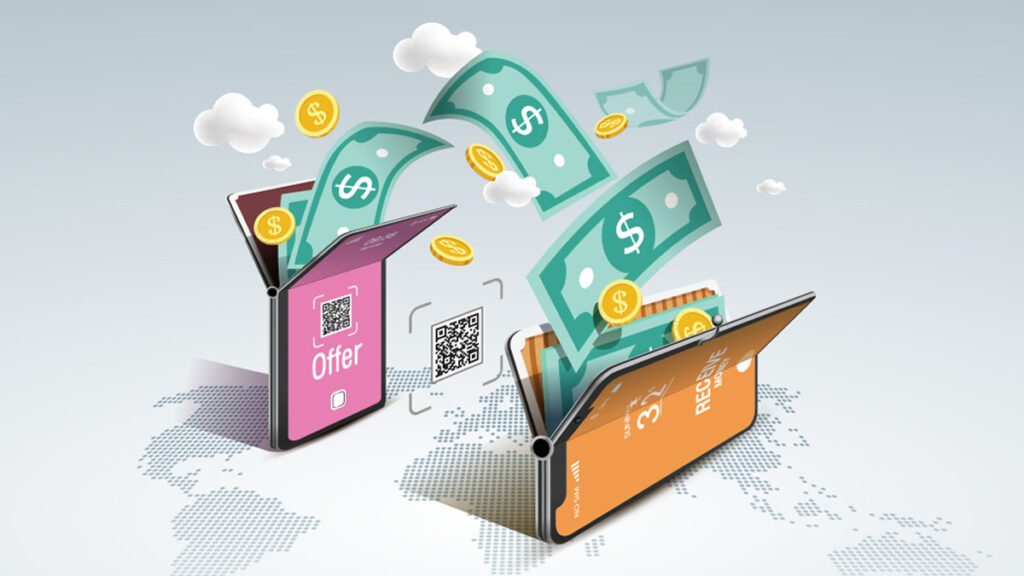
Online migration has been at the center of the worldwide news cycle since the COVID-19 outbreak, with companies and institutions from almost every walk of life taking their business to the digital realm.
The societal impact of technology’s rapid acceleration caused by the pandemic will raise and answer many questions regarding how humans will choose to work, study, live, and play in the upcoming Fourth Industrial Revolution.
How will the effects of the pandemic reshape the global workforce? How will it impact renewable energy? The industrial sector? Big Data? Trust and fair competition? And much, much more.
But while these slow-burning questions are being studied, analyzed, prepared for, it seems as though the world has already given FinTech the nudge of confidence to continue growing at astronomical rates; especially since it’s giving back people’s freedom to manage their own finances.
According to a new study conducted by Juniper Research, digital domestic money transfer transaction values will rise from $22 trillion in 2020 to $3.4 trillion by 2025; driven by the growth of mobile money transfers.
“Mobile transactions will represent an 89 percent share of total transaction value by 2025, with drivers of volume growth being P2P payment apps in developed markets and mobile money in emerging markets,” the study said.
The research identified that to compete in a congested market, mobile money transfer apps must leverage instant payment capabilities to ensure the best user experience.
Mobile money and the potential of social payments
The new research, Digital Money Transfer & Remittances: Vendor Strategies, Opportunities and Market Forecasts 2021-2025, found that services such as Venmo and Zelle have propelled mobile apps to dominance in domestic money transfer.
The research identified that conversational platforms, such as WhatsApp, are poised for growth, with the successful launch of its payment feature in India and the recent green light for the roll-out of its payment solution in Brazil.
“Transfer vendors should develop the social elements of their apps to combat the increased competition from conversational commerce players,” the report recommends.
The instant payments threat
The report also found that with shifting customer expectations, existing mobile money transfer models face an increasing threat from instant payments, with domestic instant payment transaction values forecast to grow from $524 billion in 2020, to $2 trillion in 2025.
Instant payments can significantly reduce transaction speed and cost, compared with digital wallet and app-based solutions, and therefore pose a significant threat to the monetization models of established P2P payment options which levy fees for fast transfers.
“It is critical for money transfer players to create user-friendly app experiences around their new instant payment capabilities to ensure that they fully leverage the benefits, and that they remain relevant in this rapidly advancing market,” Research author Susannah Hampton explained.